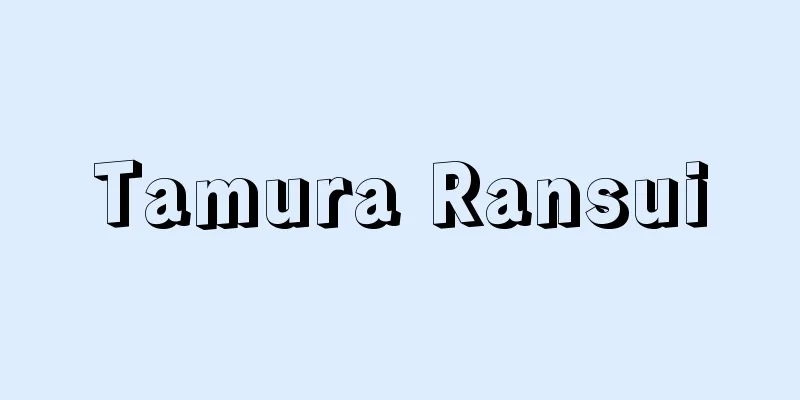Tomb - Funbo

|
A tomb with a mound, i.e. a mound of earth, or by extension, a general tomb. The oldest examples of tombs are known from the Mousterian culture of the Middle Paleolithic. They were simple tombs in which the body was simply buried in the ground, but stone tools were also buried with the tomb, and flexed or extended burials were also used. In the Neolithic period, tombs with special structures such as stone masonry were built, and megalithic tombs such as dolmens appeared. With the appearance of metal tools and the emergence of nations, huge tombs for powerful people were built all over the world to demonstrate the power of rulers. Examples include the mastaba and pyramids of Egypt, the pit tombs of Ur, and the tholos (vaulted tombs) of the Aegean civilization. Grave goods became abundant, and burial with the dead was also practiced. In Japan's Jomon period, bodies were buried near dwellings or in shell mounds, infants were placed in jar coffins, and communal graves were also built. During the Yayoi period, in parts of Kyushu and the Chugoku region, jar coffins containing adults were found, dolmens were built, and in the 3rd century, burial mounds began to be constructed. → Funeral customs / Tombs → Related topics Altai culture | Valley of the Kings | Megalithic monuments | Sarmatian culture | Stone circles | Stone people and animals | Tagar culture | Pazyryk | Mawangdui Han Tombs | Wooden coffin tombs Source : Heibonsha Encyclopedia About MyPedia Information |
|
墳丘すなわち盛土のある墓のこと,転じて一般の墓をいう。墓の古い例は,旧石器時代中期のムスティエ文化のものが知られる。単に遺体を地中に埋めた簡単なものであるが,石器などが副葬され,屈葬も伸展葬もある。新石器時代には石積みなど特別の構造をもつものが営まれ,ドルメンなどの巨石墳が出現。やがて金属器の登場,国家の発生に伴って世界各地で権力者の巨大な墳墓が造営され,支配者の権力が示威された。エジプトのマスタバやピラミッド,ウルの竪穴(たてあな)墓,エーゲ文明のトロス(穹窿(きゅうりゅう)墓)などがその例で,副葬品が豊富になり,殉葬も行われた。日本の縄文(じょうもん)時代では,住居の付近や貝塚に死体を埋葬,幼児を甕(かめ)棺に入れ,また共同墓地も営まれたらしい。弥生(やよい)時代になると,九州,中国地方の一部では合口(あわせぐち)甕棺に成人を入れたものが見られ,支石墓が作られるようになり,3世紀になると古墳が築かれ始めた。→葬制/墓 →関連項目アルタイ文化|王家の谷|巨石記念物|サルマート文化|ストーン・サークル|石人石獣|タガール文化|パジリク|馬王堆漢墓|木槨墓 出典 株式会社平凡社百科事典マイペディアについて 情報 |
>>: Induction of labor - Induction of labor
Recommend
Posthumus, NW (English spelling) PosthumusNW
...The institute is known worldwide for its valua...
Budapest - Budapest (English spelling)
The capital of Hungary. Located in the central-no...
Scale insects - Scale insects
A general term for insects in the Hemiptera family...
Juban (undergarment) - Juban
Undergarments for traditional Japanese clothing. T...
Illustrations - Zuzosho
This is the first iconographical collection that c...
Minamiashigara [city] - Minamiashigara
A city in western Kanagawa Prefecture. It was inco...
zooid
…This group is called a colony. Each individual t...
status quo (English) statusquo
The status quo is a term used in international la...
Flewelling, RT (English spelling) FlewellingRT
…The task of the 20th century personalist movemen...
Sykes
British military officer. Served as consul and con...
Tall oatgrass
It is a grass of the grass family native to Europe...
Airbus - Airbus (English spelling)
Originally a wide-body, large jet transport aircr...
Zinoviev (English notation) Grigoriy Evseevich Zinov'ev
His real name was Radomïsl'skiy. He was a lea...
Kankaikaku
…When pilgrimages to Kumano and Koyasan were popu...
Reval
…Population: 482,000 (1991). Formerly known as Re...









